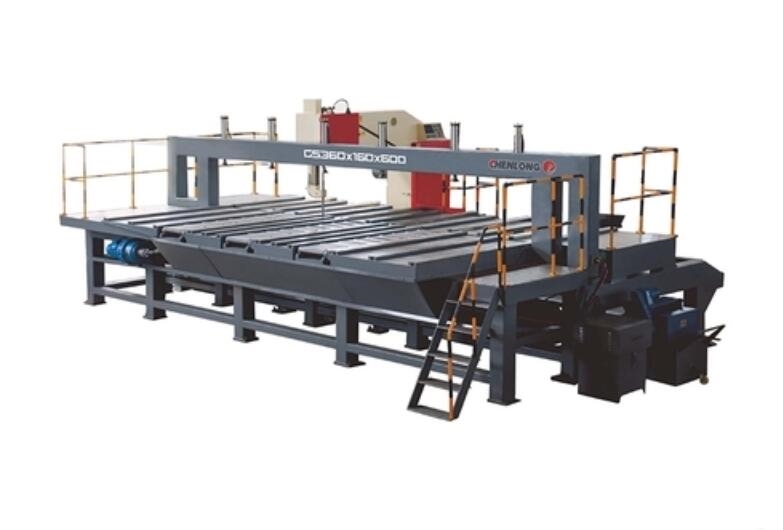The Power of Precision: Uncovering the Secrets of Vertical Band Saws
In the world of industrial cutting, precision is key. That’s where vertical band saws come in – machines that excel in cutting a variety of materials with unmatched accuracy and efficiency. Today, we’re going to delve into the intricacies of these machines, exploring their design components, operational principles, and the benefits they bring to various industries.
Main Frame: The Backbone of the Vertical Band Saw
The main frame is the foundation of a vertical band saw machine. Made from cast iron or steel plate, this sturdy component ensures stability and rigidity, allowing the equipment to operate with precision and minimal vibrations. The main frame is designed to transport all components, including the tape saw blades, engines, and pulleys, ensuring a seamless cutting process.
Tackle: The Heart of Cutting Precision
The pulley, or tackle, is another crucial component of a vertical band saw. Designed to rise and descend on tracks, this component guides the cutting process, allowing for precise control and minimal vibration. The pulley is typically made of cast iron or steel, featuring a reader and support. This precision-driven mechanism is driven by an electric motor or hydraulic system, guaranteeing a smooth and uniform cutting process.
Strip Saw Blades: The Cutting Edge of Precision
The strip saw blade is the most critical component of a vertical band saw, responsible for cutting various materials with precision. Made from high-resistance steel, these blades boast strong traction and resistance to wear. With adjustable widths, thicknesses, and dental shapes, they can be tailored to suit different materials and cutting requirements.
Electric Motor and Transmission System: The Powerhouse of Precision
The electric motor and transmission system are the beating heart of a vertical band saw. The engine, typically located at the bottom or side of the machine, transmits power to the pulley and strip saw blades through a belt or gear transmission system. The selection of engine power is crucial, ensuring the machine can meet the cutting needs of various materials.
Voltage Device: The Tension Master
The voltage device is a key component, responsible for maintaining the optimal tension of the strip saw blade. This device, which adjusts the nut or hydraulic system, ensures the blade remains taut, preventing slack or breakage. Regular inspections and adjustments are necessary to guarantee the blade remains properly tensioned throughout the cutting process.
Cutting Table and Power Device: The Precision Workhorse
The cutting table is a vital component, made from solid steel sheet material and designed to transport materials with precision and control. The table features adjustable height and angle settings, allowing for adaptability to various part sizes and shapes. Some models also come equipped with precision feeding devices, which automate the cutting process, reducing manual intervention and improving efficiency.
The Future of Precision Cutting: Vertical Band Saws 2.0
As technology continues to advance, the design of vertical band saws will adapt, incorporating emerging trends and innovations. The future holds promise for even greater precision, automated cutting, and increased efficiency, solidifying these machines as the backbone of industrial cutting.
Conclusion
Vertical band saws are not just machines – they’re a testament to human ingenuity and the pursuit of precision. With their carefully designed components and cutting-edge technology, they have revolutionized the way we cut and process materials. As we look to the future, it’s clear that these machines will continue to play a vital role in various industries, pushing the boundaries of what’s possible with precision cutting.

















